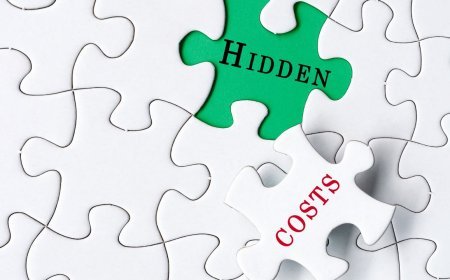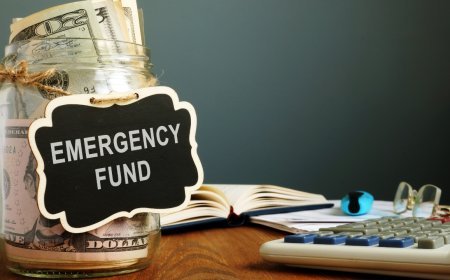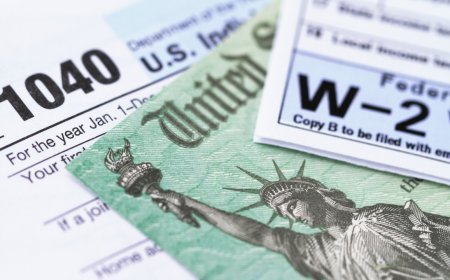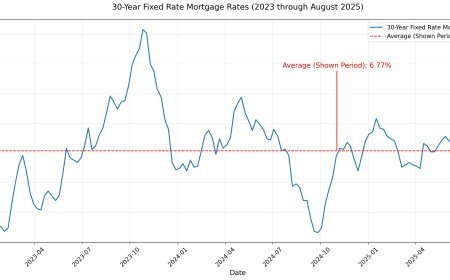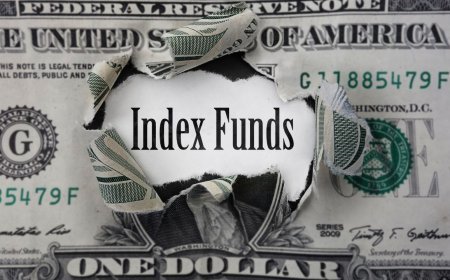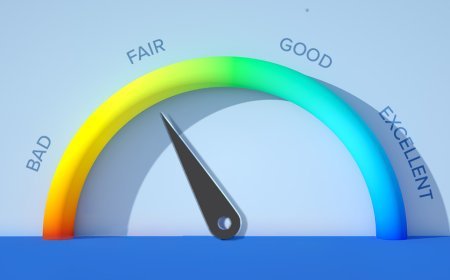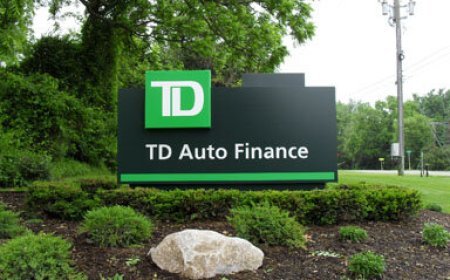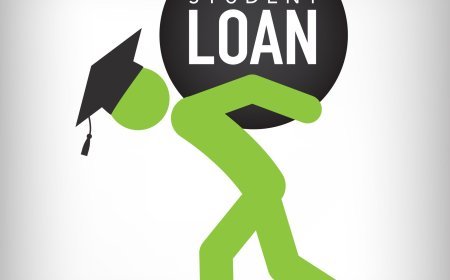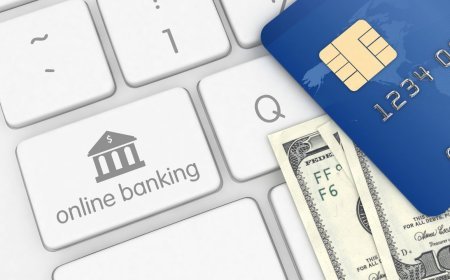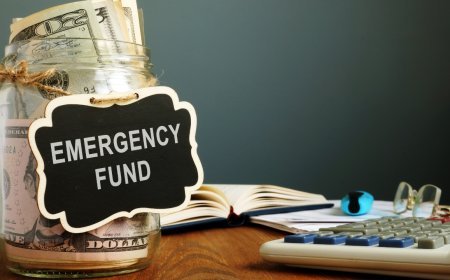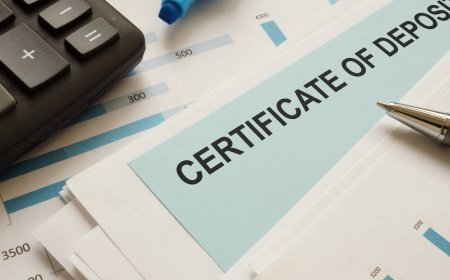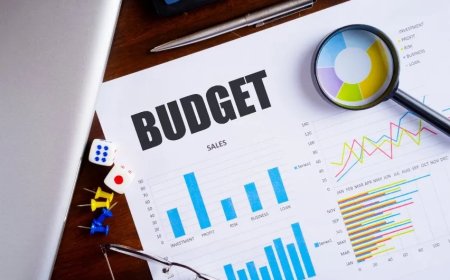Hidden Costs That Drain Your Budget: How to Spot and Avoid Them
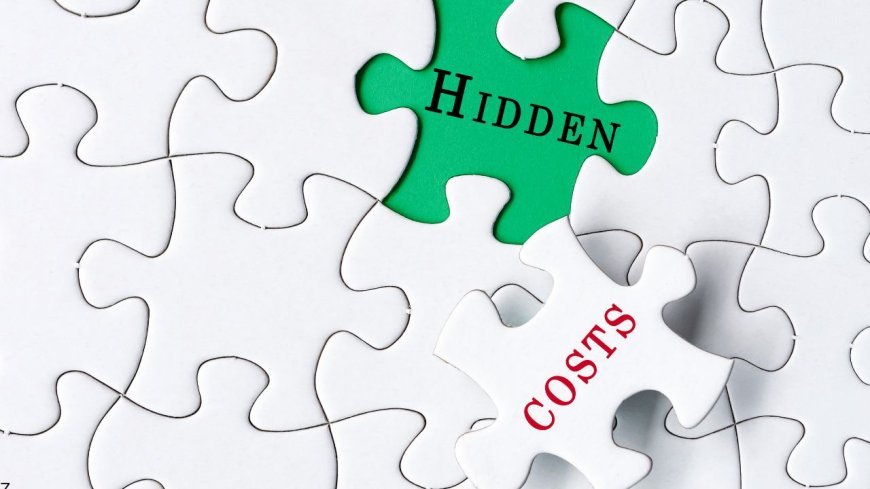
Taking control of your finances can be tricky, especially when unexpected expenses sneak up on you. Hidden costs can quietly drain your budget, making it hard to stick to your financial planning goals. Common culprits like subscription services, delivery fees, and occasional impulse purchases might seem small, but they can add up quickly. Many people overlook these costs in their monthly budgeting, which is why it’s essential to keep a close eye on what you’re spending. Being aware of these hidden expenses will help you manage your budget more effectively and set aside more money for the things that truly matter. It’s time to shed light on these sneaky costs so you can gain control over your finances and achieve your goals.
Understanding Hidden Costs
Hidden costs can quietly eat into your budget, affecting your savings and financial goals. By identifying these expenses, you can take steps to eliminate them and make better decisions about your money.
Defining Hidden Expenses
Hidden expenses are costs that often go unnoticed in your monthly budget. They can sneak up on you and take away from your savings. These expenses might not be listed under obvious categories, which makes them hard to track. Examples of hidden expenses include subscriptions to services you no longer use or fees associated with your bank account. These costs may seem small, but they add up over time. Staying aware of these expenses helps you gain control over your finances.
Common Sources of Hidden Costs
Let’s look at where these hidden costs might come from. Here are some common sources:
- Subscription Services: You might pay for several apps or streaming services, many of which you rarely use.
- Delivery Fees: Ordering from your favorite restaurant can come with extra delivery charges you don’t think about.
- ATM Charges: Using an ATM outside your bank’s network can incur fees that you overlook.
- Auto-Renewals: Services or memberships that automatically renew can take money from your account without you realizing it.
- Unused Gym Memberships: Paying for a gym membership you never use is a common pitfall.
By being aware of these sources, you can take action to cut them out and build your savings account. You can improve your budgeting and stay on top of your finances.
Managing Essential Expenses
Keeping track of essential expenses is important for your budget. By managing key areas like housing, transportation, and groceries, you can reduce hidden costs and make better financial choices.
Housing and Utilities
When budgeting for housing, consider your monthly rent or mortgage payment. This can be a large part of your expenses. Look for ways to save, such as shopping around for a better mortgage rate or negotiating rent. Don't forget about utilities like electricity, water, and gas. Estimate your average monthly costs and find ways to cut back. For example, using energy-efficient appliances can lower electricity bills. Also, consider bundling services like internet and cable for discounts. Always keep an eye on your usage to prevent surprises at the end of the month.
Transport and Car Insurance
Transportation costs can add up quickly. If you own a car, budget for fuel, maintenance, and parking fees. Compare prices to find the cheapest gas stations near you.
Car insurance is another critical expense. Regularly review your policy to ensure you're not overpaying. Shop around for better rates and consider increasing your deductible to lower your premium. If you rely on public transport, check for monthly passes that can save you money. Carpooling is another option that can help reduce costs.
Groceries and Cooking at Home
Groceries are a necessary part of any budget. Start by making a shopping list before heading to the store. This helps prevent impulse buys and keeps your spending in check. Consider buying in bulk when possible. Items like rice, beans, and frozen vegetables are usually cheaper when purchased in larger quantities. Using coupons can also give your budget a boost.
Cooking at home is often cheaper than eating out. Plan meals for the week to minimize waste and save time. You’ll enjoy healthier meals while keeping your budget intact.
Reducing Discretionary Spending
Cutting back on discretionary spending can help you save money for important expenses. By focusing on subscriptions, entertainment, and impulse buying, you can make smarter financial choices while still enjoying your lifestyle.
Subscription Costs
Many people overlook their subscription services. It’s easy to forget about monthly fees for streaming platforms, music services, or even gym memberships.
Write down all your subscriptions and assess how often you use them. If you find that you rarely use certain services, consider canceling them or downgrading to a more affordable plan. For example, you might only need basic cable or a single streaming service instead of multiple.
Using free trials wisely can also be a great way to explore new options without committing. Always check if you can use free versions or family plans to save more.
Entertainment Expenses
Entertainment often takes up a big part of your budget. Eating out or going to the movies can add up quickly. Try having movie nights at home instead of going out.
Look for local events that are free or low-cost, like festivals or community gatherings. When dining out, consider sharing meals or choosing less expensive options.
You can also set a monthly spending limit for entertainment. This will help you stay on track and prioritize experiences that truly matter.
Impulse Buying
Impulse purchases can derail your budget in no time. These are often small items that feel insignificant at the moment, but they add up. One way to tackle this is to create a waiting list.
When you feel the urge to buy something on a whim, jot it down instead. Wait a week before making the purchase. This can help you decide if it's a need or just a want.
Additionally, avoid shopping when you're bored or stressed. This can lead to unnecessary purchases. Stick to shopping lists to help keep those impulse buys in check.
Avoiding Financial Pitfalls
Being aware of hidden costs can help you keep more money in your pocket. Focusing on common financial pitfalls like banking fees and investment costs can make a big difference in your budget.
Banking Fees and ATM Charges
Banking fees can sneak up on you, especially if you aren’t careful. Many banks charge monthly maintenance fees, which can add up over time. To avoid these fees, consider choosing a bank that offers no-fee checking accounts.
You should also watch out for out-of-network ATM fees. These fees usually range from $2 to $5 per transaction. To keep your cash flow healthy, try to use ATMs that belong to your bank.
Remember to keep track of your account balances to avoid overdraft fees. This typically costs around $30 per occurrence. Set up alerts to help you stay informed about your spending limits.
Investment Costs
Investment costs can erode your profits if you're not attentive.
When choosing investment options, like mutual funds or exchange-traded funds (ETFs), pay close attention to expense ratios.
High expense ratios can significantly reduce your returns over time.
Instead, look for low-cost ETFs, which often have lower management fees.
Always consider the total cost of ownership for any investment. This includes trading fees, which can accumulate, especially if you trade often.
Take your time to compare different platforms and choose one with low commissions. This can also save you a considerable amount as you build your investment portfolio.
Strategies for Maximizing Savings
Saving money can be simpler when you have clear goals and make the most of your resources. Here are some effective strategies to help you maximize your savings.
Setting Realistic Savings Goals
Start by defining specific savings goals. Think about what you want to save for, whether it's a vacation, emergency fund, or a down payment on a house.
Break down your goals:
- Short-term goals: Aim for things you want to achieve in less than a year.
- Medium-term goals: These could be for 1-5 years, like buying a car.
- Long-term goals: Consider retirement or a future home.
Make your goals achievable by assessing your monthly expenses. Set aside a specific amount each month, even if it’s small.
Use budgeting tools to track your progress. Celebrate reaching milestones to stay motivated.
Leveraging Employer Contributions
Take advantage of employer contributions. This is especially important if you have a workplace retirement plan. Many employers offer a match on your contributions, which can significantly boost your savings.
Consider these tips:
- Know your employer's policy: Find out how much they match. It could be dollar-for-dollar or a percentage of your contributions.
- Maximize your contributions: Try to contribute at least enough to get the full employer match.
- Increase contributions over time: As your salary grows, increase your savings rate.
This strategy not only helps you save money but also makes your retirement savings grow faster. You'll appreciate the extra funds when it’s time to retire.
What's Your Reaction?
 Like
0
Like
0
 Dislike
0
Dislike
0
 Love
0
Love
0
 Funny
0
Funny
0
 Angry
0
Angry
0
 Sad
0
Sad
0
 Wow
0
Wow
0
